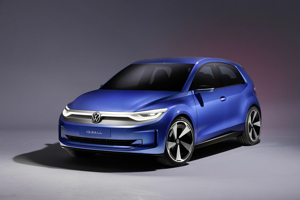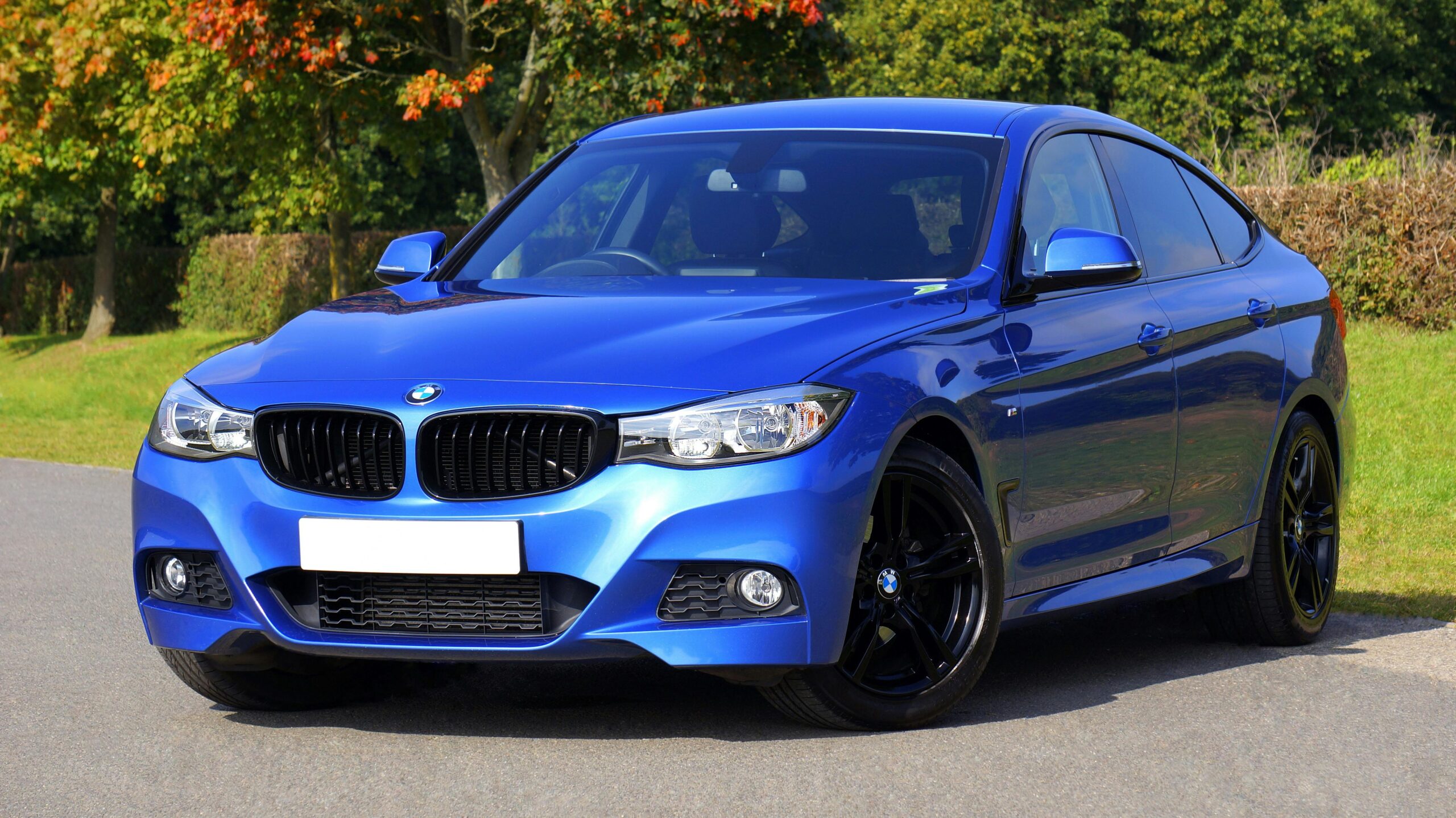
Volkswagen is set to usher in a new era of electric mobility with the launch of the ID. Polo in 2026, marking a bold step in its strategy to bring familiar model names into the electric future. The concept, currently known as the ID. 2all, will carry forward the legacy of one of Volkswagen’s most recognizable names, combining the Polo’s historic appeal with electric technology.
ince its debut in 1975, the Volkswagen Polo has become synonymous with quality, safety, and reliability. Over five decades, the Polo has carved out a special place in the hearts of drivers, representing practicality, timeless design, and innovative features in the small car segment. Now, as Volkswagen celebrates the Polo’s 50th anniversary, the hatchback steps into a new chapter, this time, as a fully electric vehicle.
Electric mobility meets familiar identity

Thomas Schafer, CEO of Volkswagen, emphasized the significance of the move: “Our model names are firmly anchored in people’s minds. They stand for a strong brand and embody characteristics such as quality, timeless design, and technologies for all. That’s why we’re moving our well-known names into the future. The ID. Polo is just the beginning.”
Volkswagen’s new naming strategy seeks to unify the brand’s electric and combustion-engine portfolios, making it easier for customers to navigate and connect with its products. Conventional models will retain their familiar names, while electric counterparts adopt the iconic designations starting with the ID. Polo.
ID. Polo: The Electric Polo Explained
The ID. Polo is based on the 2023 ID. 2all concept and will be Volkswagen’s first small electric hatch to wear a familiar name, debuting globally in 2026. The car will be built on the dedicated MEB Entry platform and is expected to feature both standard and performance-oriented GTI versions.
-
The ID. Polo is slightly larger than the outgoing international-spec Polo, measuring 4,053 mm in length, 1,816 mm in width, and 1,530 mm in height.
-
Battery options are expected to include 38kWh and 56kWh, with a WLTP range of up to 450 km on the larger pack.
-
All variants will feature a single motor powering the front wheels, with the GTI delivering up to 226 hp and high performance.
-
Faster charging (up to 125kW DC) will be standard.
Interior and Technology
The cabin of the ID. Polo will include modern touches:
-
A 12.9-inch infotainment touchscreen and a 10.9-inch digital instrument cluster.
-
Physical toggles and switches for audio and climate control.
-
Enhanced material quality with reduced use of glue and hard plastics, reflecting Volkswagen’s sustainability goals.
Volkswagen’s New Naming And EV Strategy
Volkswagen will now assign established ICE (internal combustion engine) model names to its electric ID. range—for example, the ID. Polo for Polo, and soon, ID. Golf, ID. Tiguan, and ID. Passat. Conventional and electric versions will be sold simultaneously, offering better orientation for buyers.
Performance-Oriented Versions
The upcoming ID. Polo GTI will bring VW’s hot hatch formula into the EV era. There is discussion of even more powerful Clubsport and R variants in the future, with the most potent version potentially delivering up to 400 hp with all-wheel drive.
In summary, the ID. Polo represents a bold step for Volkswagen—preserving the legacy and familiarity of the Polo name, but fully embracing cutting-edge electric mobility, technology, and sustainability.
Volkswagen’s new compact electric models showcase a higher standard of quality and intuitive design. The ID. Polo features premium soft-touch materials, a seamless blend of digital and physical controls, and an ergonomic cockpit designed for both comfort and convenience. The vehicles are built to reflect customer feedback, making electric driving not only progressive but also personal and accessible.
The ID. Polo and ID. Polo GTI will make their global debut at the IAA Mobility in Munich from 8â14 September 2025, while the concept for the electric compact SUV, the ID. CROSS, will be unveiled on 7 September. Production of the ID. Cross is planned for the end of 2026, serving as the electric counterpart to the T-Cross.

